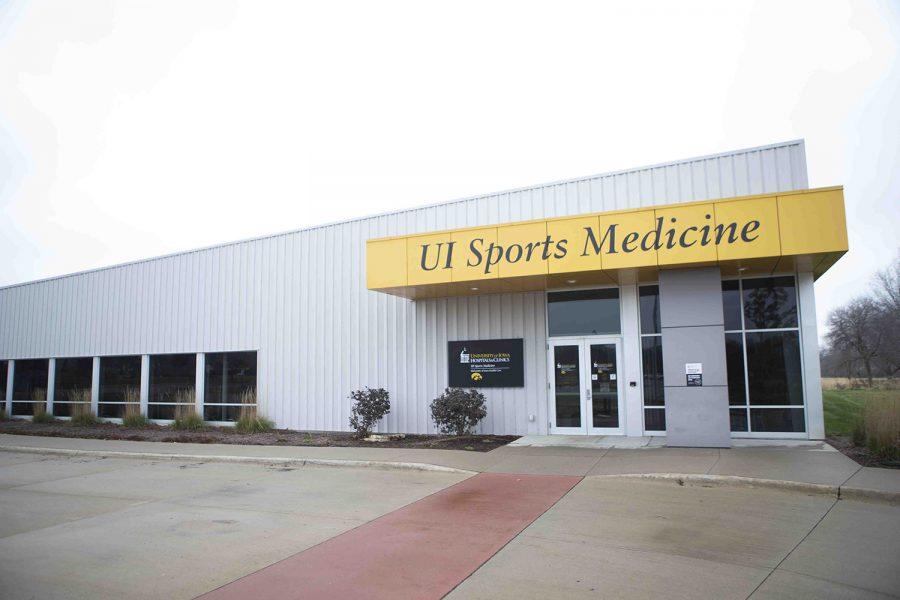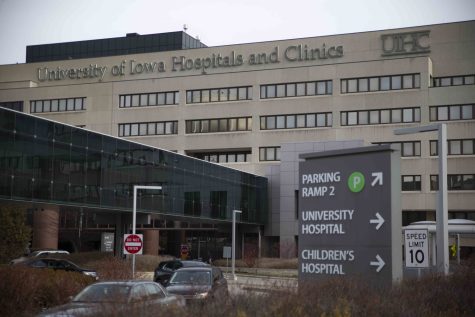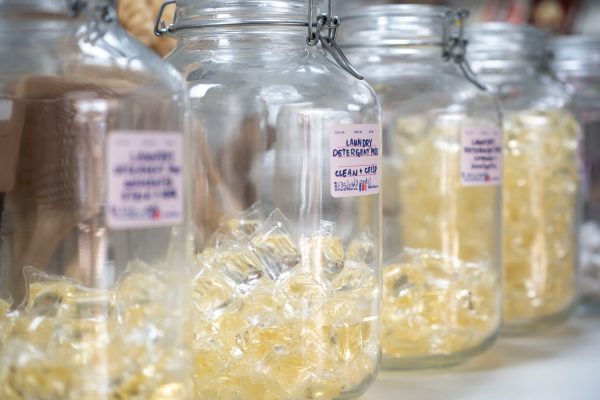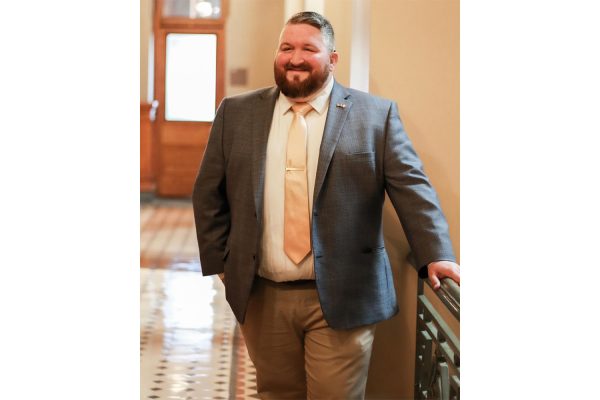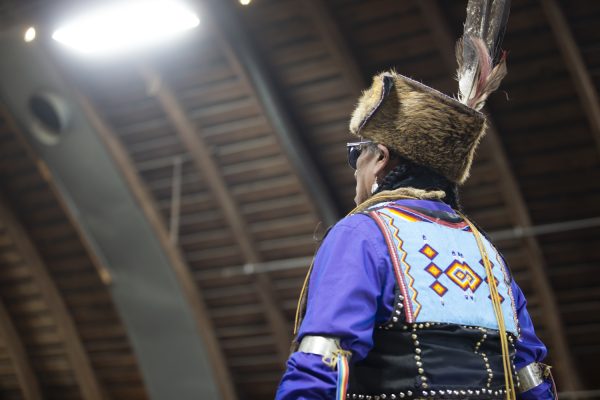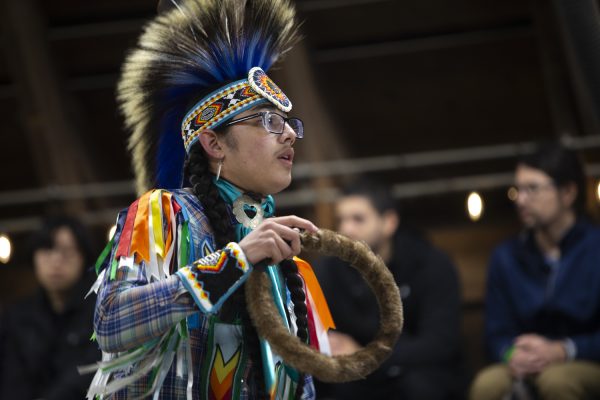UI Sports Medicine celebrates 10 years of caring for athletes across Iowa
The University of Iowa sports medicine clinic started as a way to consolidate treatment for Hawkeye athletics and now provides care for complex sports medicine cases across Iowa and the Midwest.
The University of Iowa’s Sports Medicine Building is seen on Sunday, November 17, 2019.
November 19, 2019
From the Hawkeye football team to little league teams, Sports Medicine at the University of Iowa Hospitals and Clinics treats patients young and old.
UIHC Sports Medicine Director Brian Wolf, head physician for Iowa Athletics, said the goal behind the creation of the sports medicine clinic 10 years ago was to centralize care for each Hawkeye athletic team into the same place.
“The whole concept with our sports-medicine building was to try to get all the providers for the athletes in one place,” Wolf said. “Ten years ago, if they had a nonsports medicine-type thing, they would go through student health, and those providers did a great job, but they were not necessarily a part of the team that was actively taking care of the [athletic] teams on a regular basis.”
Wolf said the clinic also serves members of the community and patients from across Iowa.
“We have patients that come here from two and three hours away pretty frequently. They get sent here because they have a difficult diagnosis or they need specialty care that we provide here that they may not get closer to home,” he said. “We see patients in here that are kids under 10 years old all the way to patients into their 60s and 70s. It’s a pretty broad category of people.”
According to data from the Centers for Disease Control and Prevention, 8.6 million Americans sought treatment for sports related injuries between 2011 and 2014.
Wolf said the number of providers working full time at the clinic has gone from six to 12 in the over the last 10 years.
“Our clinic has really grown over the last 10 years to the point that we’re now offering evening clinics four nights a week to try to make things more convenient for people who are going to school or working during the day,” he said.
The clinic sees around 10 student athletes in any given day, along with many other patients from the surrounding community, Wolf added.
RELATED: UI sports medicine takes on Hawkeyes, Olympic-level athletes
Michael Shaffer, clinical supervisor and assistant manager for UIHC sports medicine, said in an email to The Daily Iowan the team approach that providers take to care for patients makes the clinic unique.
“Our building houses all the disciplines to provide comprehensive care to our patients and the fact that we bump into each other in the hallways means that I have a personal relationship with the other providers,” he said. “That means that we are not just seamless in the information that is in the medical record, but we become seamless in terms of forming a common culture and approach to caring for athletes.”
Andrew Peterson, a professor of pediatrics and orthopedics, leads the nonsurgical side of sports-medicine treatment at the clinic. He said the clinics position in a university hospital leads to more comprehensive care for patients.
“We have an incredible group — not just our physicians, but the infrastructure around our physicians — I think we really have one of the premier programs … we have good relationships with the athletic department, as well as with the gigantic hospital across the street,” Peterson said. “We are able to leverage people from other specialties and other disciplines and use their expertise as well.”



